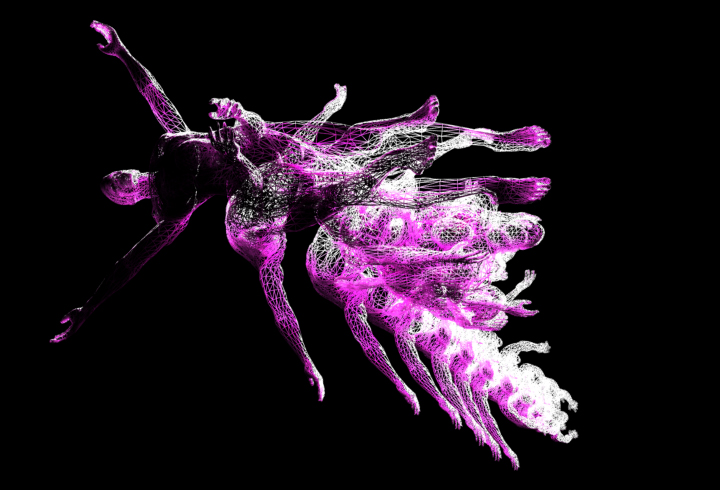- human body - general motion (not only dance)
- diving - example
- diving-example-development
- trajectories_space_construction



From Dance to Architecture: we would like to underline the central-role of human-body in the architectural experience. What we mean by "architectural-experience", is both the process of the creation of architectural space and the real experience of human body in - and -through it. Nonetheless these experiences show the crucial relevance of a human-based model. It may be seen as a screening on the virtual space of our presence and our purposes.
Not only dance-steps, but other kinds of human movements may be approched in order to test the possible results of this research. Falling, jumping or diving are some of them. What kind of "space-generation" for example, can results from a dive? Obviously we may observe various results, as we show in this last section.
But what seems to be interesting is the possibility to build human-based prototypes in order to approach an "old-new" way to produce architectural space. Next step may be trying to assigne to prototypes some "A.I. modules", in order to observe not just a "second-life architecture", but rather a "more-life architecture".


